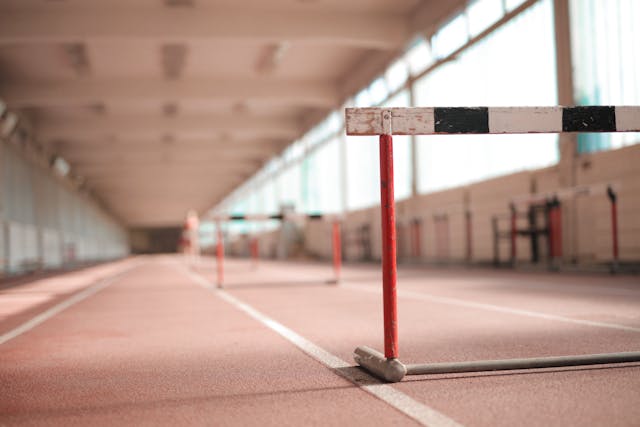Sports science has grown significantly in recent years, focusing extensively on strategies to optimise athletic performance. However, achieving this goal remains a formidable challenge due to the multifaceted factors influencing performance, such as physical conditioning, mental focus, nutrition, and resilience. A shift from traditional muscle- and equipment-centric approaches towards interdisciplinary perspectives is crucial to address these complexities.
Urban design, an emerging perspective, offers a unique framework to reconsider how built environments can serve as catalysts for enhancing athletes’ performance. This novel approach, which includes buildings, parks, and stadiums, has been shown to influence health behaviours and support athletic endeavours. However, the precise impact of urban design on athletic performance still needs to be explored.
A recent study by researchers from the Japan Advanced Institute of Science and Technology (JAIST), led by Associate Professor Mohammad Javad Koohsari, sheds light on three critical factors in built environment design that could potentially enhance athletes’ performance. Collaborating with researchers from Waseda University and the University of South Carolina, the team’s findings, published in BMJ Open Sport & Exercise Medicine in March 2024, underscore the potential of tailored training environments, enhanced community engagement, and improved accessibility to healthcare and transportation in optimising athlete performance.
Dr Koohsari emphasises the importance of integrating personalised training spaces within urban settings, fostering community support, and ensuring convenient access to essential services. These elements bolster physical preparation and contribute to athletes’ mental well-being. For instance, incorporating open-air lounges, ergonomic furnishings, and green spaces within training arenas can offer athletes valuable opportunities for relaxation and recuperation between sessions.
The study also highlights the potential of well-designed indoor environments to influence athletes’ mental health and overall performance positively. The integration of adaptable facilities, such as adjustable swimming pools and multifunctional running tracks, tailored to specific athletic disciplines underscores the adaptability and inclusivity of urban design in supporting diverse training needs.
Drawing parallels with urban planning insights from international sports events like the 2013 FIFA Confederations Cup in Brazil, the research underscores the impact of accessible, pedestrian-friendly designs on fan engagement and attendance. Dr. Koohsari argues that well-connected transportation systems and strategically located sports facilities can significantly enhance community involvement and support, boosting athletes’ motivation and performance.
Moreover, proximity to healthcare facilities is critical in ensuring prompt medical attention for sports-related injuries, facilitating quicker recovery times. By situating sports stadiums within urban centres, integrating athletic activities with everyday urban life enhances economic vitality and fosters a sense of inclusivity and community spirit.
Despite these insights, challenges persist in fully realising urban design’s potential in sports science. Dr. Koohsari underscores the crucial need for interdisciplinary collaboration between sports scientists, urban planners, and environmental psychologists. This collaboration is essential to bridge existing gaps and promote a shared understanding of how the built environment impacts athletic performance. Integrating urban design principles into sports science curricula could further enhance understanding and innovation in this burgeoning field.
The convergence of urban design principles with sports science offers a promising avenue for optimising athletes’ performance, well-being, and community engagement. By leveraging innovative approaches in built environment design, policymakers and researchers can pave the way for transformative advancements that benefit athletes, communities, and urban environments.
More information: Mohammad Javad Koohsari et al, Building on muscles: how built environment design impacts modern sports science, BMJ Open Sport & Exercise Medicine. DOI: 10.1136/bmjsem-2024-001908
Journal information: BMJ Open Sport & Exercise Medicine Provided by Japan Advanced Institute of Science and Technology








